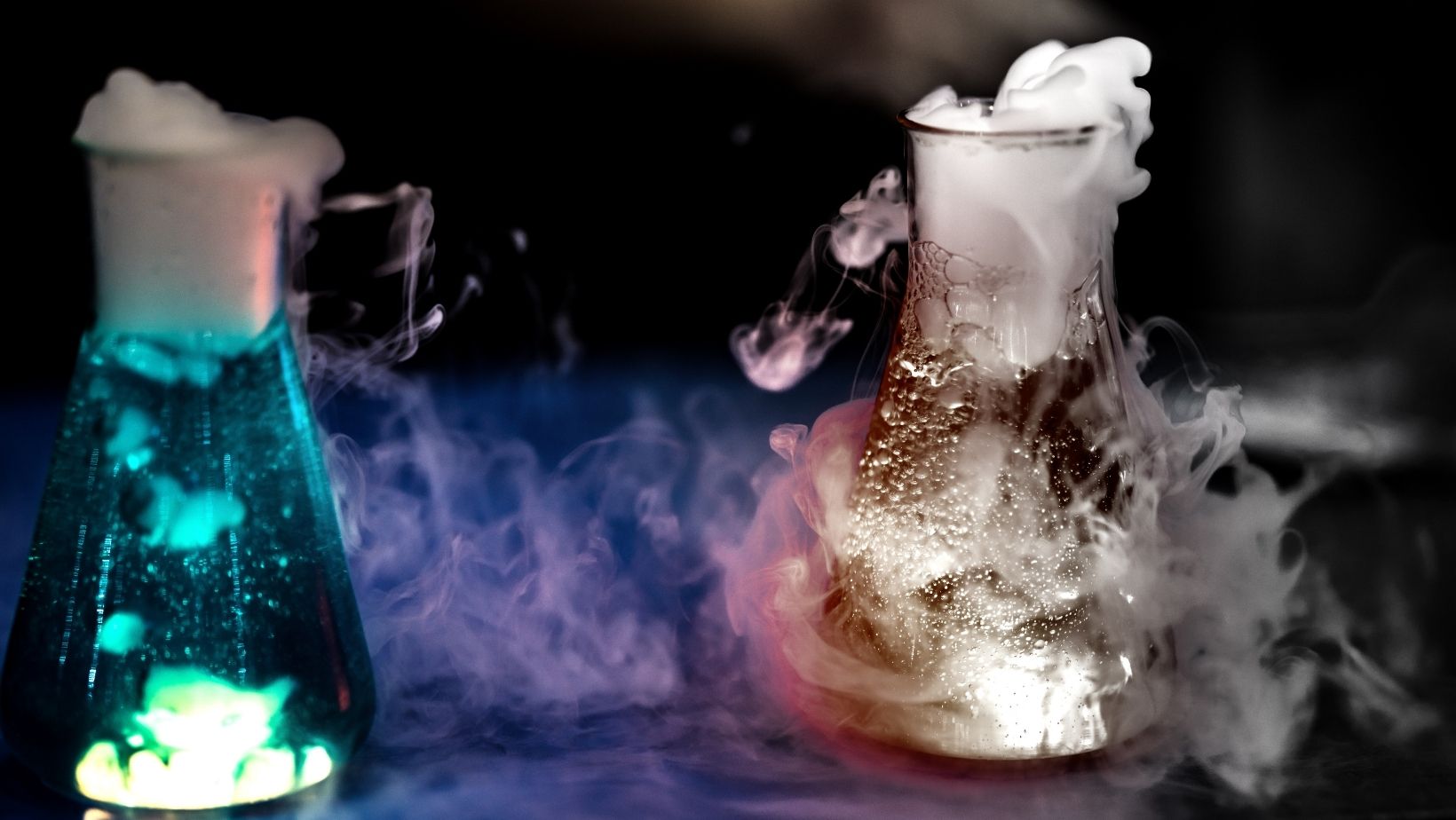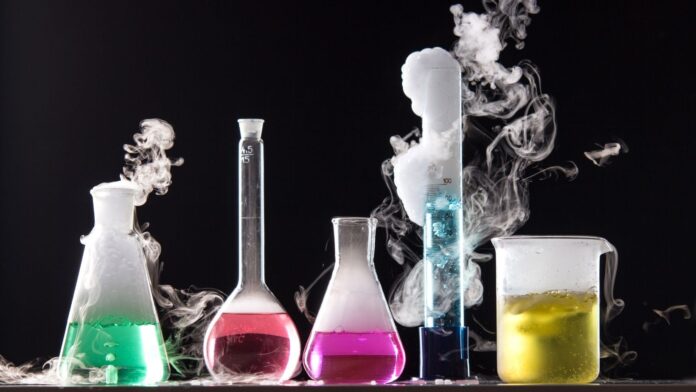Which Clue Can Be Used to Identify a Chemical Reaction as a Decomposition Reaction?
Identifying a chemical reaction as a decomposition reaction can be puzzling at times. However, there are certain clues that can help us unravel this mystery. One key indicator is the presence of a single reactant breaking down into two or more products. This process involves the opposite of synthesis reactions, where multiple reactants combine to form a single product.
Another clue lies in the physical changes accompanying the reaction. Decomposition reactions often involve the release of energy in various forms such as heat, light, or gas production. These observable changes can provide valuable hints to identify whether a chemical reaction is indeed a decomposition reaction.
Furthermore, examining the chemical equation itself can yield important insights. If one side of the equation contains only one compound as a reactant and multiple compounds as products, it’s likely indicative of a decomposition reaction. Additionally, look out for common decomposition patterns such as thermal decomposition (triggered by heat), electrolytic decomposition (caused by an electric current), or photolytic decomposition (initiated by light).
Signs of a Decomposition Reaction
Color Change
One of the signs that can help identify a decomposition reaction is a color change. During a decomposition reaction, substances may undergo chemical changes that result in a shift in color. This alteration can be quite noticeable and serve as an indicator of the reaction taking place. For example, if a white powder turns yellow or brown when heated, it suggests that a decomposition reaction has occurred.
Formation of Gas
Another clue to look out for when trying to identify a decomposition reaction is the formation of gas. Some reactions produce gases as one of their products, and this can be observed through various means. Effervescence, which is the rapid escape of gas bubbles from a liquid or solid mixture, is often an indication that a decomposition reaction has taken place. A classic example is the breakdown of hydrogen peroxide into water and oxygen gas, resulting in the release of oxygen bubbles.
Release of Energy
The release of energy is also an important sign to consider when determining if a chemical reaction is classified as a decomposition reaction. In many cases, decompositions are exothermic reactions, meaning they give off heat during the process. This release of energy may manifest itself as an increase in temperature or even visible light emission. For instance, when potassium chlorate decomposes upon heating, it produces potassium chloride and releases both oxygen gas and heat.

Factors Affecting Decomposition Reactions
When it comes to identifying a chemical reaction as a decomposition reaction, there are several factors that can provide clues. Understanding these factors can help us recognize and analyze decomposition reactions more effectively. In this section, I’ll discuss some of the key factors that can affect decomposition reactions.
- Temperature: One factor that plays a significant role in decomposition reactions is temperature. Generally, an increase in temperature accelerates the rate of decomposition. As the temperature rises, molecules gain more energy, leading to increased collisions and greater chances for bonds to break.
- Catalysts: Catalysts are substances that speed up chemical reactions without being consumed themselves. In the case of decomposition reactions, catalysts can lower the activation energy required for bond breaking, thus facilitating the process.
- Presence of light: Light can also influence certain types of decomposition reactions, particularly those involving photolysis (decomposition by light). Photolysis occurs when photons with sufficient energy collide with molecules and cause them to break apart.
- Concentration and pressure: The concentration or pressure of reactants can impact the rate at which a decomposition reaction occurs. Higher concentrations or pressures generally lead to more frequent collisions between particles, increasing the likelihood of successful bond-breaking events.
- Reactant stability: The inherent stability of reactant molecules also affects their susceptibility to undergoing a decomposition reaction. Some compounds have weaker bonds or are inherently less stable than others, making them more prone to decompose under certain conditions.
It’s worth noting that these factors may not act independently but rather interact with each other in complex ways during a chemical reaction. Additionally, not all decomposition reactions exhibit all of these factors; their presence or significance can vary depending on the specific reaction and reactants involved.


